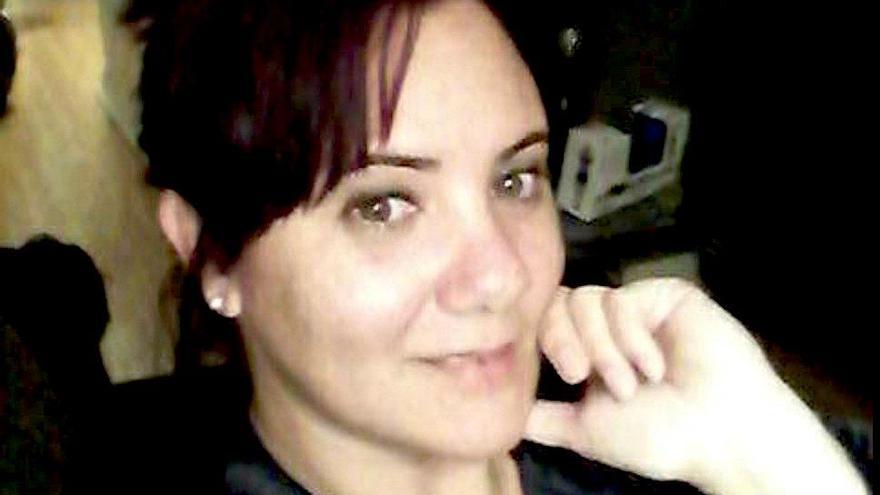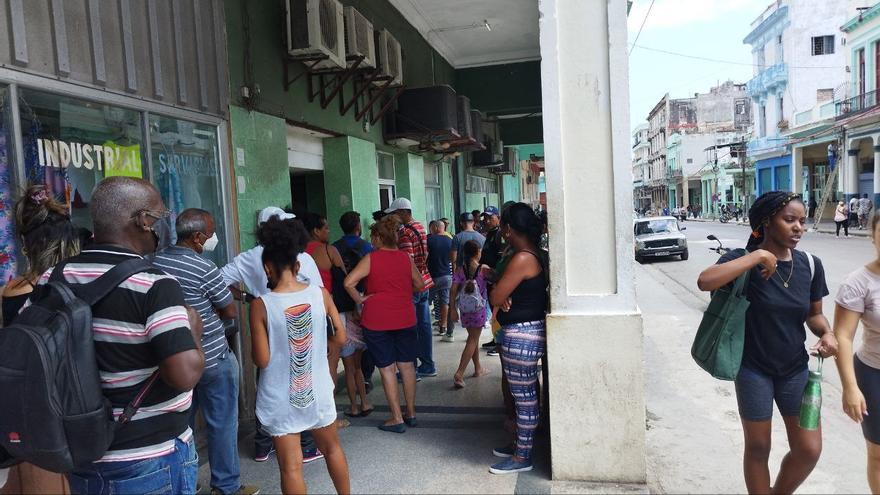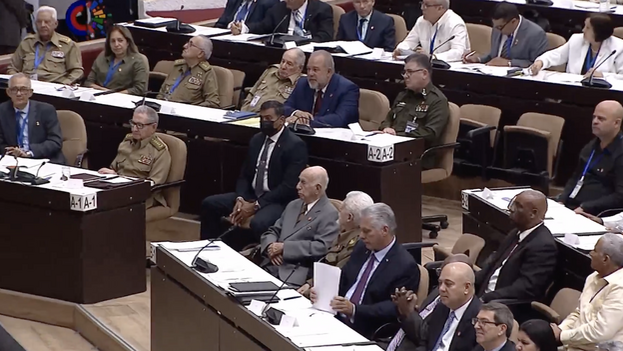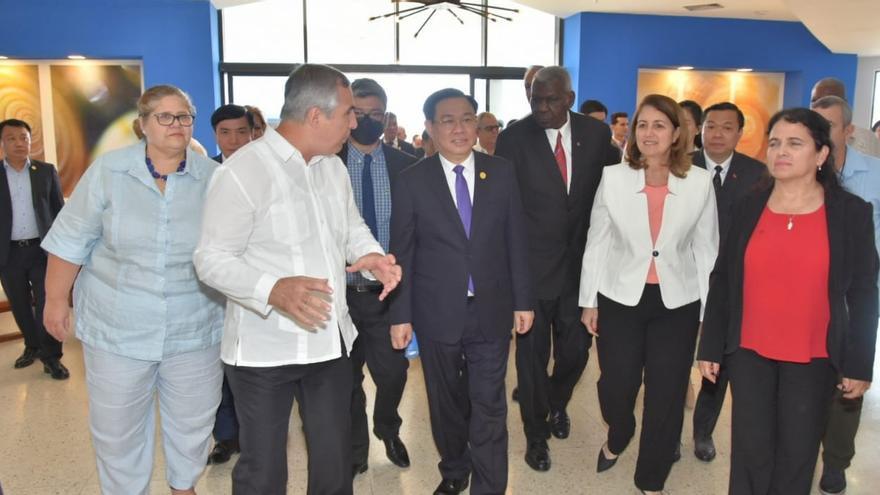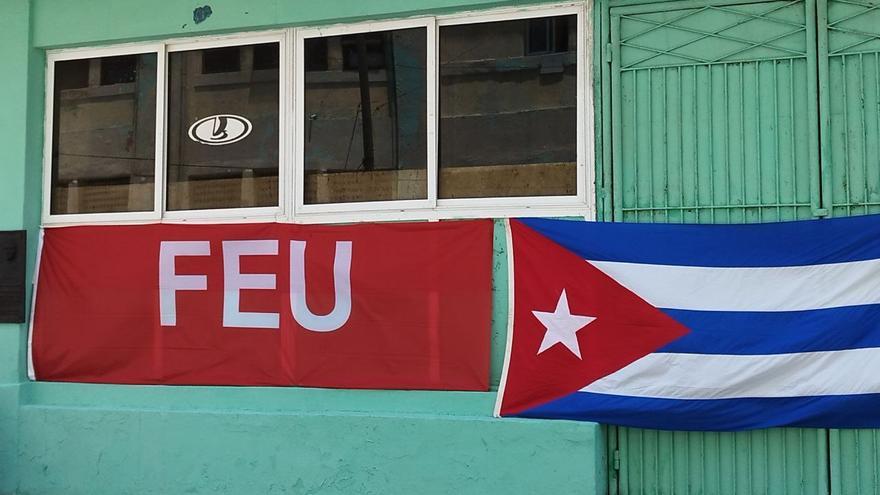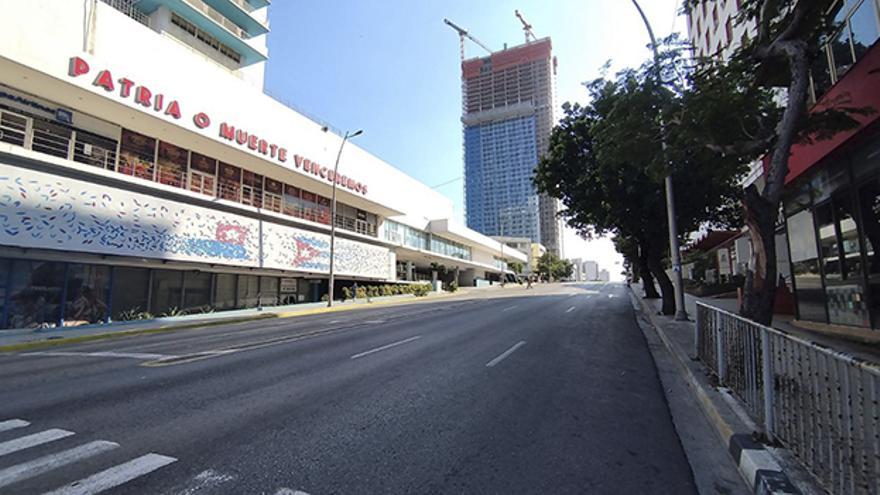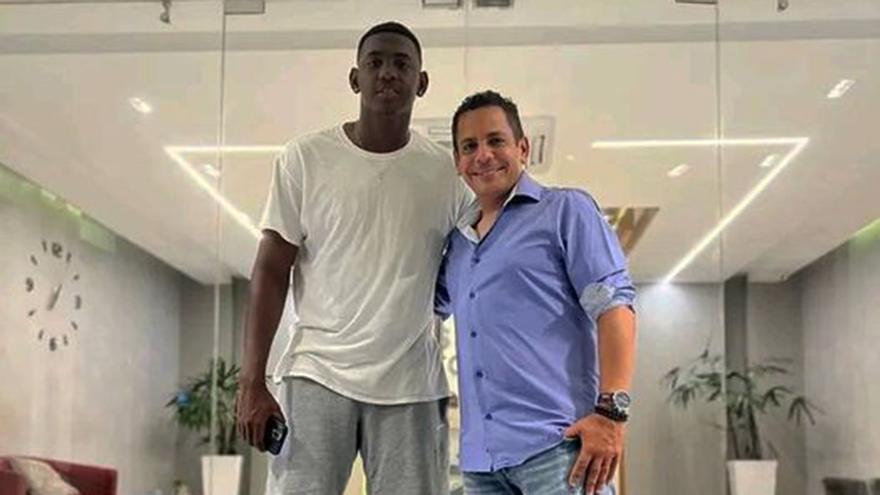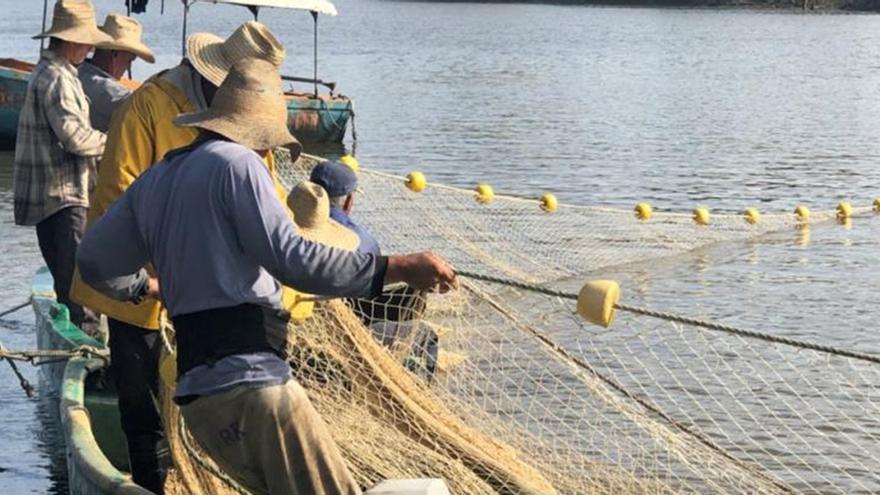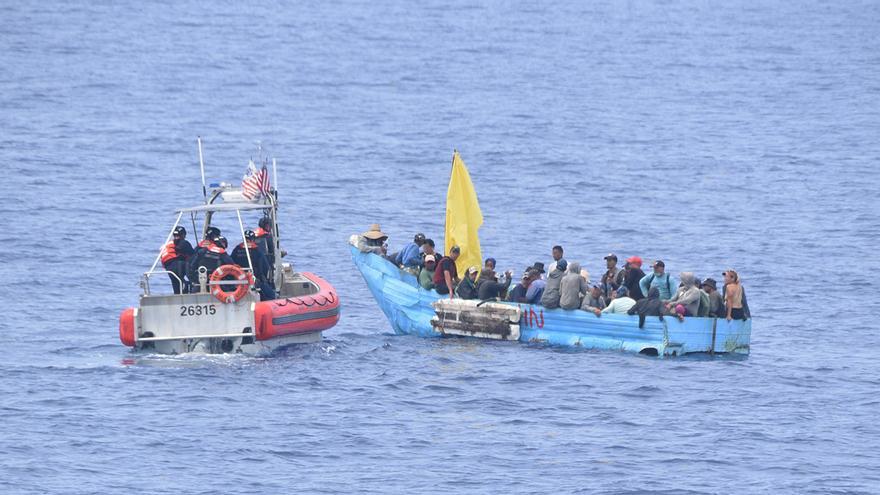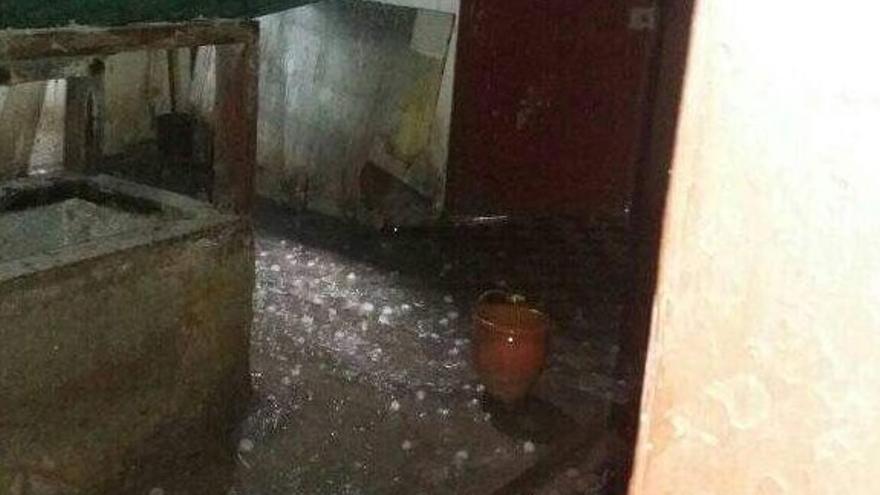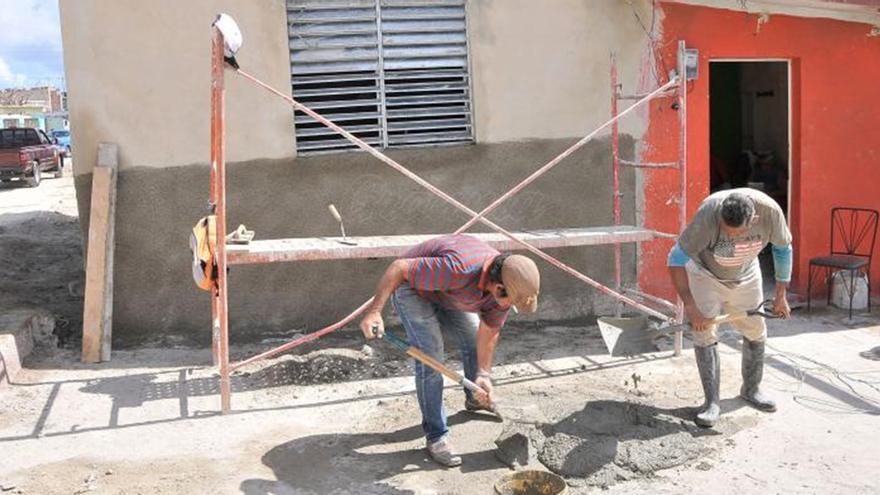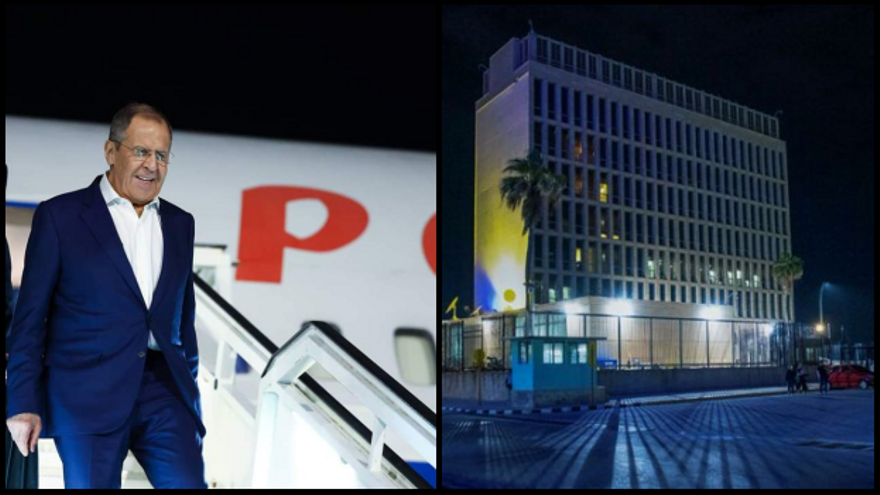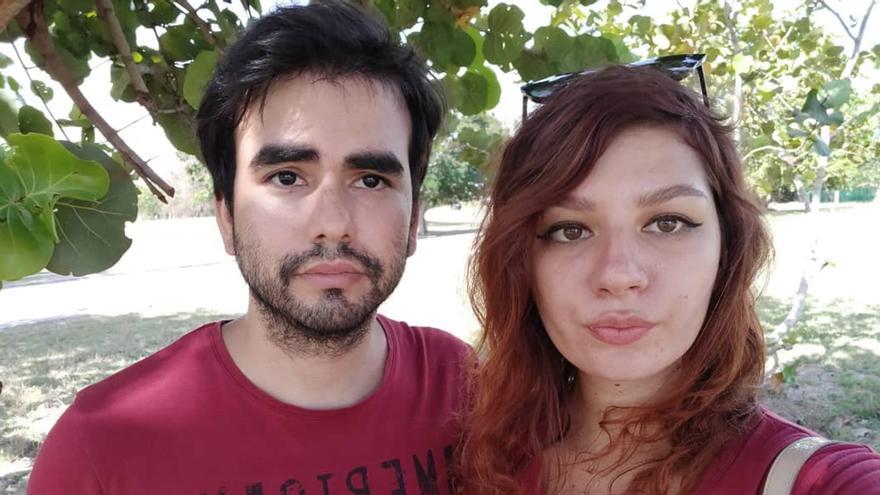
![]() 14ymedio, Havana, 19 April 2023 — The Cuban Carlos Jiménez and Daria, his wife of Russian nationality, have an appointment for May 18 at the office of the UN Refugee Agency (UNHCR) in Port of Spain, Trinidad and Tobago, to apply for asylum. Both left Cuba on Tuesday in the midst of pressure and threats from the immigration authorities.
14ymedio, Havana, 19 April 2023 — The Cuban Carlos Jiménez and Daria, his wife of Russian nationality, have an appointment for May 18 at the office of the UN Refugee Agency (UNHCR) in Port of Spain, Trinidad and Tobago, to apply for asylum. Both left Cuba on Tuesday in the midst of pressure and threats from the immigration authorities.
Now we have to figure out how to survive,” Jiménez tells 14ymedio. “In any case, we have to move forward and not give up.” However, he warns that “they still won’t leave us alone. Last night I received a message from a friend asking me not to do anything else and to shut up. It seems that they put pressure on him.”
Jiménez tells this newspaper that “until the 25th of this month we have a place to live. Then we’ll see what to do. I’m sure something will be resolved. If we managed to get out of Cuba having pissed off a lot of people, anything is possible.”
The young man says that when leaving the Island, through terminal 3 of José Martí International Airport, they were made to wait a long time at immigration control but finally managed to board the flight without major setbacks.
Their departure from Cuba put an end to a nightmare that began last January, when Jiménez escaped being recruited as a soldier for the war in Ukraine. Until then, they both lived in Kushelevskaya Doroga, St. Petersburg. continue reading
The couple then decided to fly to Cuba, where the young man maintains his official residence in his parents’ house. He knew that coexistence would be difficult because of ideological differences, but he had no other choice. As the days went by, the family political contradictions became unsustainable.
“On the morning of March 8, a uniformed man entered our room accompanied by my father. This time they didn’t knock on the door. He was an Immigration officer. He said that my wife had been in the country longer than allowed for foreigners, but that was false because it had only been 55 days and the rule is 90 days. He acted strange and aggressive,” Carlos told this newspaper at the time.
The uniformed man could not specify the objectives of his visit and changed his version saying that there were complaints of noise, but without clarifying where the complaint came from. He finally left a notice for an appointment for another day at the Immigration offices on the municipality of Habana del Este, where they explained that the problem was that Daria was not financially solvent, which was also false, according to her husband.
The first thing Daria did was to contact the Russian Consulate in Havana for help. “I called the Consulate and explained my situation; then a man gave me another number to talk to the consul on duty. When seconds later I dialed that number, the same voice came on the line, and, without stifling his laughter, he let me know that they didn’t help traitors there,” she told this newspaper.
The pressures on the couple were rising in tone and both decided to leave the Island for another country where they could apply for asylum. With few resources and visa limitations, the option that they finally chose was that of Trinidad and Tobago, where they hope to find the protection they failed to receive in Cuba.
Translated by Regina Anavy
____________
COLLABORATE WITH OUR WORK: The 14ymedio team is committed to practicing serious journalism that reflects Cuba’s reality in all its depth. Thank you for joining us on this long journey. We invite you to continue supporting us by becoming a member of 14ymedio now. Together we can continue transforming journalism in Cuba.

